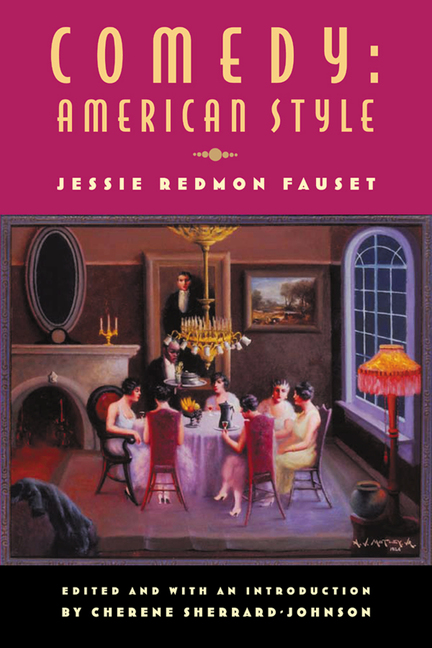Race relations in Angola
This is Africa: Africa for a New Generation
2012-09-26
Lula Ahrens
ANGOLA, LUANDA | “Angolan women don’t like the Portuguese,” says Amelia (30, office cleaner) in a matter-of-fact manner to This is Africa. If you’re not familiar with Angola you might expect this to be the start of a rant against her racist ex-colonisers, but it is, instead, more about aesthetics, as she goes on to explain that the Portuguese are “ugly, impolite and arrogant”. “They’re hideous and short, with fat stomachs, and their asses are turned inwards,” she says with a broad, naughty smile, hilariously imitating their allegedly inelegant walking style and funny accents. “Of course some of them are nice,” she adds.
The jokey way in which she says all this is illustrative of the relaxed way the various races in Angola interact.
“Race relations in Angola are amazing. Amazing,” said dark-skinned Angolan Kelse (30), logistics coordinator at an international oil company, in one of Luanda’s mixed bars. His English is fluent, his accent American. Kelse has many white, black and mixed-race friends and relatives, and has been together with his white Angolan girlfriend for two years. “I’ve been to South Africa more than once and there I see this big separatism: white people in one place, black people in another.” He saw the same during his holiday in Kenya and Uganda. “It made me sad.” In Kenya and Uganda, Kelse experienced discrimination. “I stood out because I was in between these white guys. The black guys were like ‘Why is he hanging with them?’ They just assumed I was American. I was so happy to be back in my home country where you see everyone mixing, no matter the colour of your skin.”
And indeed they do, everywhere, clubs, restaurants, on the work floor. As in many former Portuguese colonies, racial mixing was actively encouraged during the early years of colonization, in contrast to how things worked in the French and British colonies…
…Mestiço envy
There have been interracial relationships in Angola since the early days of Portuguese colonalization, resulting in the ‘mestiços,’ or ‘mulatos’; mixed race people. Angola is said to have the largest non-English-speaking mestiço community in Africa, even though they constitute only between 2% and 3% of Angola’s estimated population of 21 million. The European population is said to have never surpassed 1%. In Luanda, mestiços can be seen everywhere, especially in high positions within companies and in the city’s priciest clubs and restaurants.
Mestiços are traditionally Roman Catholic, speak Portuguese, live in coastal cities and have access to good education. When Angola was declared a Portuguese province in 1951, most mestiços were able to register as Portuguese citizens. Most ethnic Angolans did not have that opportunity.
“The mestiços are an undefined class,” Ico said. “We call them the bats among the birds. They are the wealthiest and best connected individuals in Angola, up to the extent that we use the popular expression ‘I want a mulato life’.
The fact that the mestiços are seen as a privileged group arouses widespread envy in Angola. “White people’s kids generally get a good education. Unfortunately many black people don’t have that opportunity,” Kelse explained. “If you’re gonna do a job interview and you have the choice between a black guy and a mulato, the mulato speaks better and knows more. That’s not racism, it’s a fact. Unfortunately. Overall, mulatos have better jobs, better salaries, better everything. And when people start saying, ‘The mulatos get all the privileges,’ that’s where racism begins.”…
Read the entire article here.


